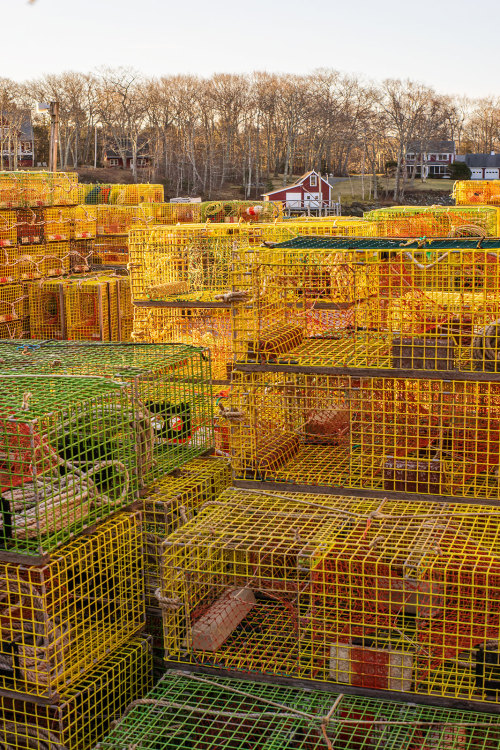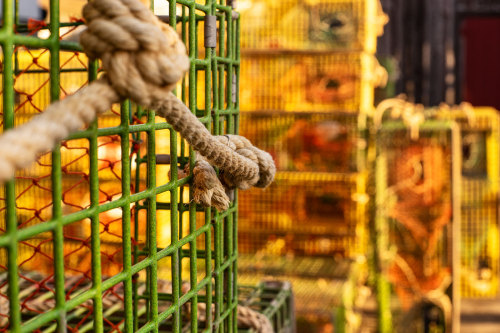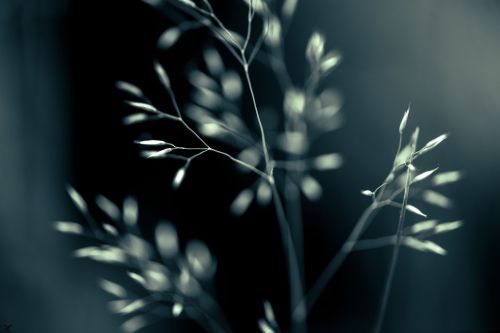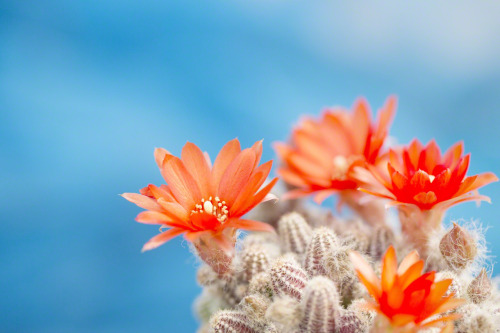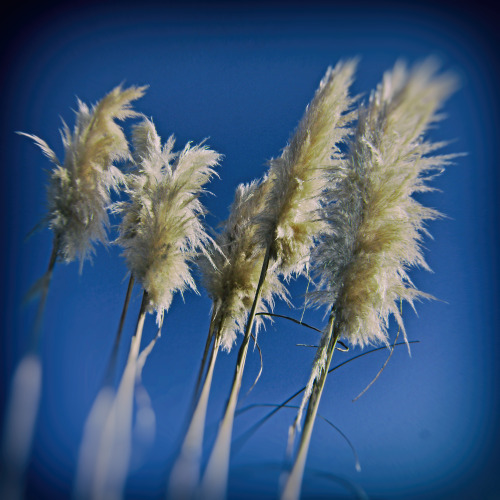#selective focus

walk about in Alexandria Virginia
©cpleblow (2015)
(not previously published)
by Regis Chupin, regis-chupin-photos.tumblr.com
Daily original photographs and creations selected by the imiging team!
Post link
Cartouche
Information taken from “The Way of Cartouche” by Murry Hope
Cartouche encapsulates those archetypal energies which were known and understood by the ancient Egyptians and embodies them in identities easily recognizable in today’s world. Cartouche acts as a bridge between day-to-day things and the transpersonal or Higher Self, which makes it very much a part of the Aquarian Age - the age of individual responsibility. Cartouche is based on ancient Egyptian (or older) knowledge and should not be confused with tarot cards. It consists of 25 cards: Cards 1 to 9 (Osiris, Isis, Horus, Bast, Thoth, Hathor, Nepthys, Ptah and Anubis) represent the major archetypes; cards 11, 12, 13 and 14 the Elements of Fire, Air, Water and Earth; and cards 15 to 25 (Sirius, Lotus, Crook & Flail, Uraeus, Winged Disc, The Twins, Sphinx, Scarab, Pyramid, Ankh and Buckle of Isis) relate to more general or mundane energies. Card No 10 is Set, representing all forms of opposition, delays, hindrances and unforeseen problems. Set can indicate one’s personal opposition to an idea, to change or to a proposed project.
The ancient Egyptian symbols depicted on the cards capture the essence of the forces or energies that govern the universe. Many believe the Egyptians gained their knowledge of these forces from an even earlier advanced race who, in turn, were instructed by extraterrestrials from the Sirius star system. The symbols, colors and meanings of the cards accord both with the designs found on Egyptian temples, pyramids, tombs and old papyri, and with a secret arcane tradition that has been handed down from century to century.
Each card can be used for meditation, divination, healing or magical or talismanic purposes and, when arrayed in the various layouts, can provide insight and answers to dreams, family or emotional problems, financial or business matters, healing and health, crafts and skills, protection, spiritual seeking, or any of life’s many enigmas.
Vibrations are passed subconsciously to the cards when you handle them, so the order in which they fall in a reading is directed by the promptings of your subconscious mind. Normally in life we tend to create a barrier between our conscious and subconscious minds through the overuse of logic. Cartouche will help you to achieve a subtle balance by creating a bridge of contact between your everyday persona and the needs of your inner self.
Egyptian Cartouche Initiations The Initiations into Egyptian symbols brings about a state of heightened awareness and clarity. There are 24 Initiations into the ancient archetypal universal symbols from Egypt and Atlantis which can enhance healing powers and psychic development. Cartouche is the oval in which the hieroglyphs are drawn. The book and cards called “The Way of Cartouche” by Murry Hope does an excellent job of explaining the fundamental symbols.
Origin and Uses of the Cartouche Cards
Cartouche is a French word that means oblong box and refers to the shape found around the images of important priests discovered in some ancient Egyptian temples. Murry Hope, an English lady and practitioner of Egyptian magic, using the ancient Egyptian writing system of cartouche and hieroglyphics for self-understanding and awareness invented the Cartouche system in 1983. Hope chose the name Cartouche for the card set because after 30 years of study she felt that “it encapsulates the archetypal and powerful energies known and understood by the ancients and embodies them in identities recognisable in today’s world.” She and Jed Collard formed Ostaris Publications and published the first 3,000 decks that same year. In 1984, Collard sent some sample cards to St. Martin’s Press and they immediately responded with an offer for the worldwide rights to print and distribute them, but wanted Hope to expand the small instruction booklet into a large book which she did. St. Martin’s Press then doubled the size of the cards and produced the expanded booklet in a hardback format as “The Way of Cartouche.”The Cartouche deck comprises twenty-five cards each having a number and an image. Ironically 25 is the number of Rune cards in a Runes deck, one might, therefore, liken this to an Egyptian version of a Rune deck. Those cards that portray a god, goddess or element have in addition a set of hieroglyphics, which describe that image and encapsulate its power. The image on each card may have a fixed or mobile nature. For example, Nephthys is a goddess shown on card number seven. She is represented by an image of a cup or container and the ka hieroglyphic (representing the personal life force) appears in the top right hand corner of the card. As Nephthys means psychic receptivity and that which is slightly obscure and fluid she consequently has a mobile nature.
The cards are numbered sequentially from 1 through 25 and each card has either a fixed or a mutable quality corresponding with universal astrology. Each card is presented with a blue border against an almost completely white card, with the exception of two cards, Set and Air. There are scenes or symbols floated in the centre of the card against the white. The title appears underneath in a graphic form that looks like a stone carving. The number is in the upper left corner in a matching format, and in the upper right corner, the hieroglyph for that particular deity/element/symbol.
The first ten cards are representative of various gods and goddesses within the Egyptian pantheon. Each of these cards has several meanings and levels of nuance described in the book as they relate to the Spiritual, Psychological and Material levels of the reading. The god/goddess cards are:
1 - Osiris
2 - Isis
3 - Horus
4 - Bast
5 - Thoth
6 - Hathor
7 - Nephthys
8 - Ptah
9 - Anubis
10 - SetThe next four cards represent the basic elements Fire, Air, Water and Earth and have more scenery drawn on them than the rest of the deck, and are evocative of the elements’ affect on the surroundings of both the ancient Egyptians and modern-day man.
The rest of the cards are a mix of various experiences and symbols that the Egyptians might have encountered in their day-to-day life.
15 - Sirius
16 - Lotus
17 - Crook and Flail
18 - Uraeus
19 - Winged Disk
20 - The Twins
21 - Sphinx
22 - Scarab
23 - Pyramid
24 - Ankh
25 - Buckle of IsisThe cards themselves are larger than standard size and printed on a thin, flexible cardstock with smooth edges and rounded corners. They do shuffle and handle easily because of the small number of cards in the deck. The design on the back of the cards is a soft; clay coloured orange with turquoise coloured cartouche markings on it. This design is reversible. In Australia, the set comes with a hardbound book of 208 pages and lists many references, spreads and layouts with divinatory meanings, explanations and keywords for each card, and much more information. Each card is further accompanied by an explanation of the particular hieroglyph that goes with it and the story or legend that it represents.
Uses of Cartouche
Cartouche cards may be used for meditation, healing, divination and magical work.Meditation
Meditation on the Cartouche symbols can be rewarding if the type of meditation practised is contemplative meditation. Once the meanings of the symbols are internalised and the myths belonging to the various gods and goddesses are known there will arise in the meditator’s mind many images, intuitions and feelings, all of which will convey new insights into the nature of the Cartouche cards.Healing
Cartouche may be used to send healing to others in need or to effect self-healing. Several Cartouche cards carry healing rays, but the three main ones are Horus, which deals specifically with physical complaints such as accidents, fever, viruses and naturally with conditions affecting the eyes; Bast, whose energies are oriented toward mental problems or psychological conditions; and Thoth, which covers the imbalances that cause disease in the first place.For sending healing to another, select the card that will best fit your friends’ needs, place it with an object, photograph or letter that carries his or her vibrations and let the energies do their work. Or, if you feel it would carry more reality for you, meditate upon both the card and your friend and visualise the energies transferring from one to the other.
Some of the other cards also carry energies that are conducive to physical healing: Isis the Comforter; Anubis the Patron of Anesthetics; Ankh the Conveyor of the Life Force; and Sirius the Giver of Strength. It all depends on what produced the sickness in the first place. The answer may not lie in the actual disease, but in an attitude of mind that is causing it to manifest.
One of the secrets of good and successful self-healing is to know which cosmic energies you need and how to tune into them. Or, if you prefer the psychological approach, contact those areas of your own brain that can program in good health and help fight disease in a natural way. If you are recovering from an operation, trying to speed up the mending of a broken limb, or fighting off the depressing effects of a bad bout of influenza, Horus is the card to meditate upon.Worries of a psychological nature, which in themselves frequently give rise to very real physical symptoms, come under Bast. Psychosomatic illnesses are all too frequent these days, so a good meditation on the sistrum, as shown on the Bast card, will help restore mental balance and so ease the physical symptoms caused by stress. People who are attracted to the cat or lion family will also benefit from the feeling of relaxed strength gained from the healing rays of this card. It may be used in conjunction with the Horus card, for it was with good reason that Horus and Bast were considered to be twins by the healer-priests of ancient Egypt; Sound mental and physical health go hand in hand.
Thoth covers all forms of medical help. If you find you have distressing symptoms that your doctor cannot diagnose, concentrate on the symbol on this card. It is the caduceus and it represents balance and harmony that are essential for good health. This is the symbol of the medical profession, and its enlightening rays will fall upon those who are qualified to help you. In other words, the right diagnosis will be made and the right treatment given to you through its help. Of course you can use the Thoth card for self-healing as well but, since it is also the card of karma (which all ties in with the saying “As you sow, so shall yea reap”), Thoth’s aid may come as a form of enlightenment as to what you are doing wrong to cause the illness, eg bad habits, incorrect diet, or negative or unkind thoughts that are rebounding on you. By adjusting these you may effect your own healing.
Of course Cartouche does not presume to make a clinical diagnosis, as this is strictly and legally the role of a qualified medical person and rightly so. Cartouche is more concerned with the mind and those mental attitudes that cause the disease initially. Many ailments are actually induced by wrong thinking, so if our negative thoughts are culprits in the first place, positive thoughts can be used to help put matters right. The cards of Thoth, Horus and particularly Bast, if utilised in the meditation and self-healing context can, therefore, aid your doctor in his or her task by helping your mind to play its part in keeping you fit and well.
Divination
Divination is the art and science of predicting a course of events. In her book “The Way of Cartouche” Murry Hope outlines two basic methods to use in Cartouche divination: The Horoscope Method and The Star Spread. The former method is also used by Tarot readers and entails asking the enquirer to shuffle the cards and cut them into three piles which are then picked up by the reader and laid out in an anti-clockwise fashion so that twelve consecutive cards form a circle. In the centre of this circle, a thirteenth card is placed. The first twelve cards each correspond with a house of the Zodiac while the thirteenth card gives the tone or atmosphere of the reading. The latter method involves shuffling and cutting the cards as before but this time they are laid out in the form of a five-pointed star or pentagram. The first card represents the situation at hand, the second, considerations for the enquirer, the third, “on the other hand” considerations, the fourth, what the enquirer should do and the fifth, the final outcome.Magic
A popular definition of magic is “The art and science of making changes in conformity with the will”. Magical uses of the cards might include protection, attracting the right partner or making more money. Murry Hope suggests in “The Way of Cartouche” that the cards may be used as talismans and that, for example, by simply carrying one of the cards of protection such as Anubis you will be protected from dangers both seen and unseen (one of the meanings of this card is protection at all levels.)
Post link


bebek yokuşu

